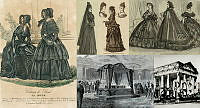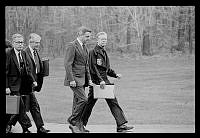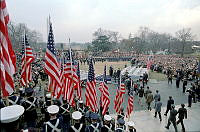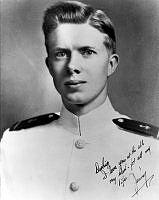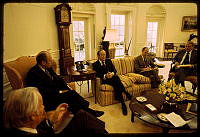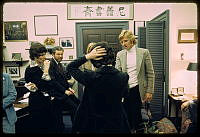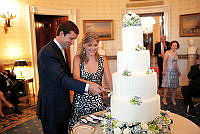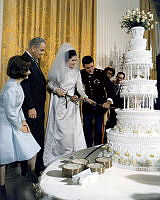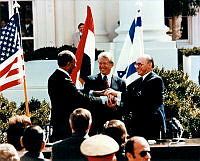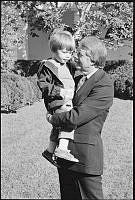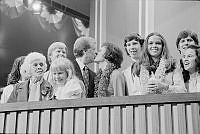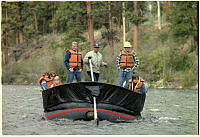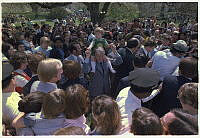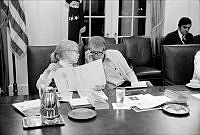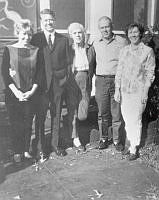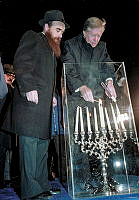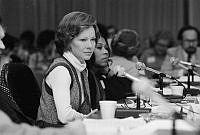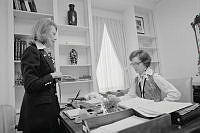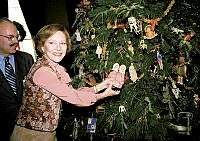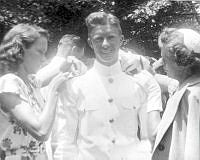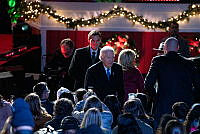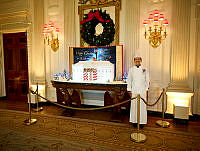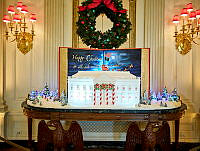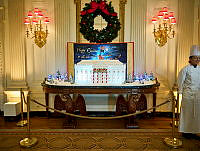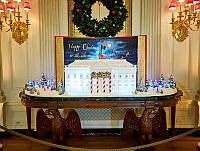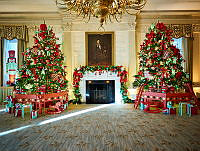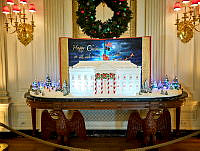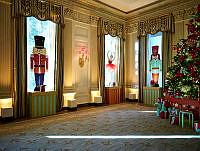Millard Fillmore
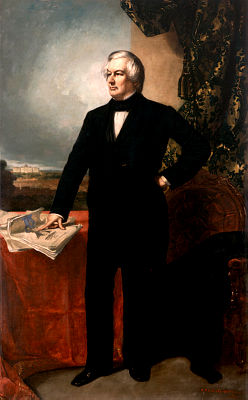
Millard Fillmore became president upon the death of Zachary Taylor in July 1850. Born in upstate Cayuga County, New York on January 7, 1800, Fillmore as a youth endured the privations of frontier life. He worked on his father’s farm, and at 15 was apprenticed to a cloth maker. He attended a local school where he met Abigail Powers, who was 19 years old at the time. They later married in 1826 and had two children.
In 1823 he was admitted to the bar; seven years later he moved his law practice to Buffalo. As an associate of the Whig politician Thurlow Weed, Fillmore held state office and for eight years was a member of the House of Representatives. In 1848, while comptroller of New York, he was elected vice president.
Fillmore presided over the Senate during the months of nerve-wracking debates over the Compromise of 1850. He made no public comment on the merits of the compromise proposals, but a few days before President Taylor’s death, he intimated to him that if there should be a tie vote on Henry Clay’s omnibus bill, he would vote in favor of it.
Millard Fillmore’s sudden accession to the presidency brought an abrupt political shift in favor of trying to give more ground to the southern advocates of slavery. Taylor’s cabinet resigned, and President Fillmore at once appointed Daniel Webster to be secretary of state, thus demonstrating his alliance with the moderate Whigs who favored the Compromise.
When Clay’s omnibus bill failed, Senator Stephen A. Douglas of Illinois broke the legislation into five separate bills, submitting them in piecemeal fashion. At this critical juncture, Fillmore announced his support of the compromise. On August 6, 1850, he sent a message to Congress recommending that Texas be paid to abandon her claims to part of New Mexico.
Douglas’s effective strategy in Congress, combined with Fillmore’s pressure from the White House gave impetus to the Compromise movement. The acts passed both chambers of Congress, and were signed by President Fillmore in September 1850. These pieces of legislation admitted California as a "free state"; organized the territorial governments of New Mexico and Utah on the basis of popular sovereignty; established a boundary between Texas and New Mexico; abolished the slave trade in the nation's capital; and strengthened the Fugitive Slave Act.
Fillmore believed that his efforts had averted a major crisis and saved the Union. Instead, this sectional truce left most factions unsatisfied. Fillmore's signing of the Fugitive Slave Act was also heavily criticized by abolitionists. By law, the federal government was now required to assist slave owners in recapturing enslaved people, even if they were found in states where slavery was outlawed. There were also harsh penalties for anyone caught assisting or hiding enslaved people.
As the Whig Party splintered over slavery, Fillmore lost critical support from northern Whigs who opposed the institution. As a result, he lost the 1852 presidential nomination to General Winfield Scott. In 1856, he accepted the nomination for president from the National-American Party (also known as the Know-Nothing Party.) While he was handily defeated, Fillmore captured more than 20% of the popular vote and won the state of Maryland. With this defeat, Fillmore withdrew from politics and focused more on philanthropic endeavors in Buffalo with his second wife Caroline. During the Civil War, he supported the Union and different leaders from both political parties who sought to save it. He suffered a stroke and later died on March 8, 1874.













